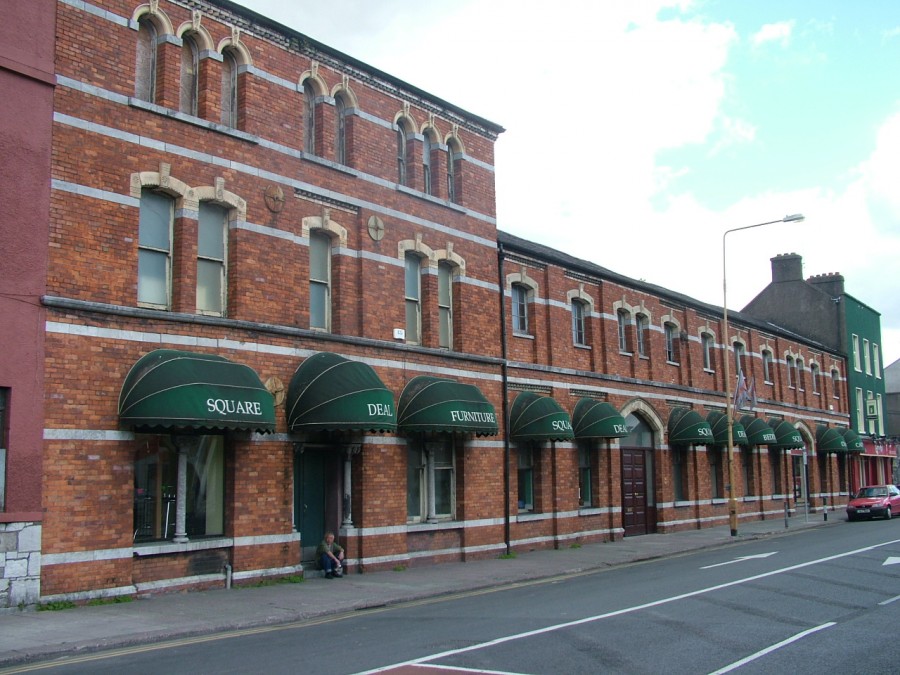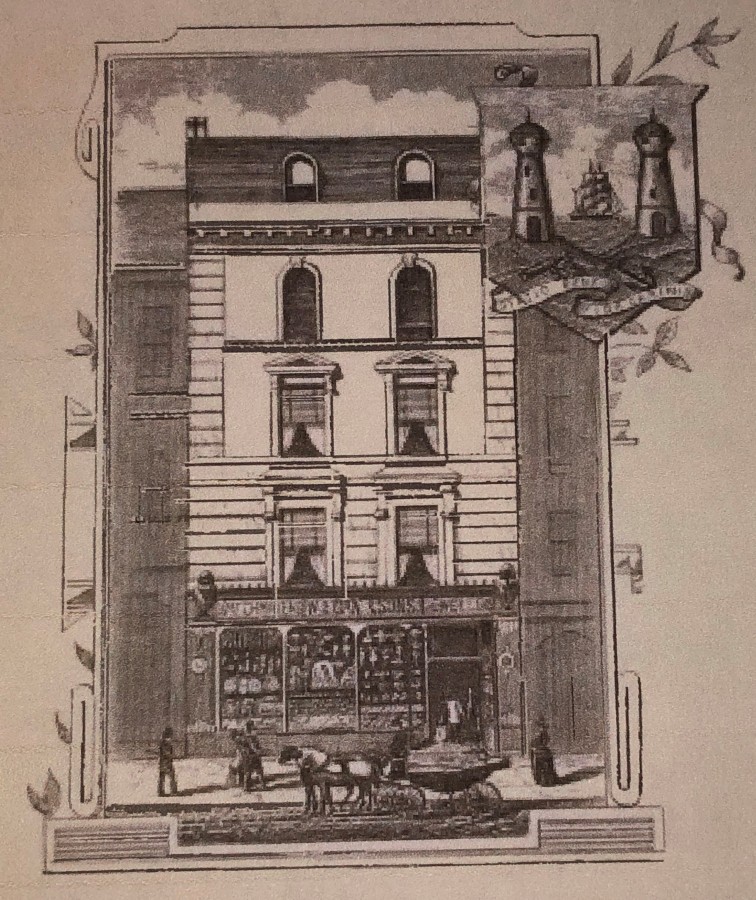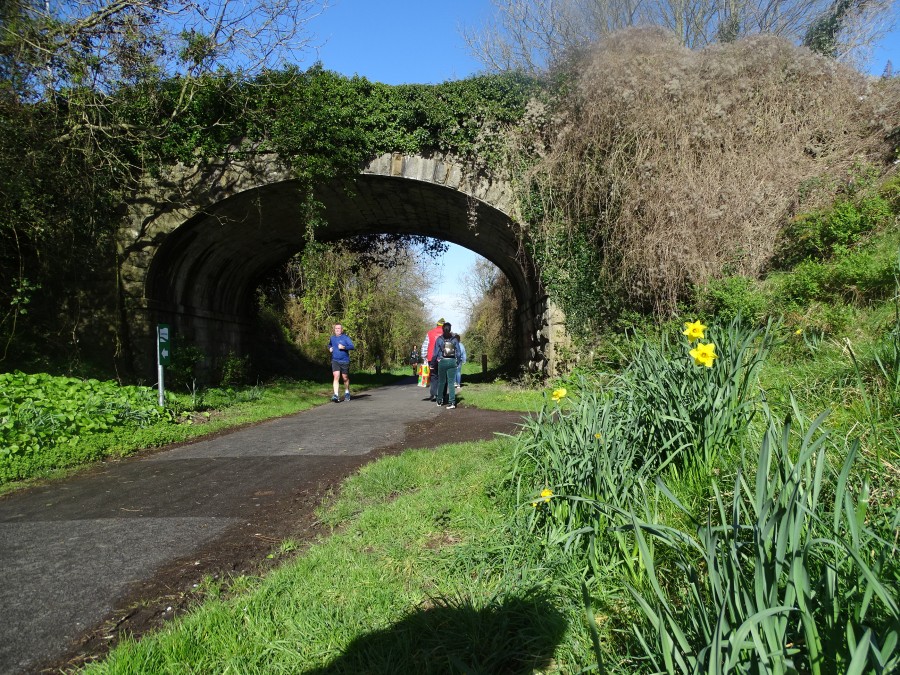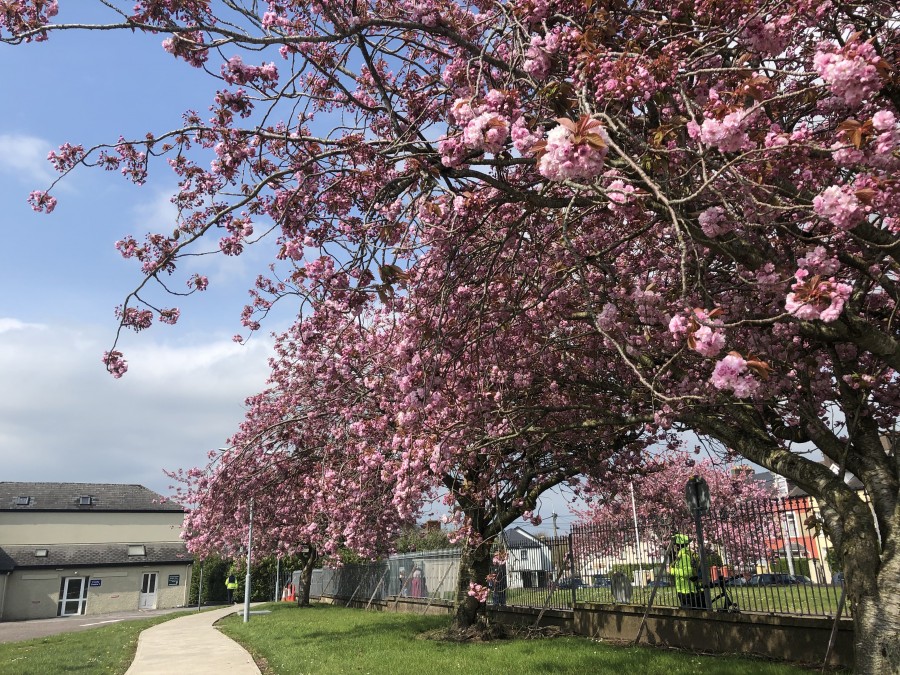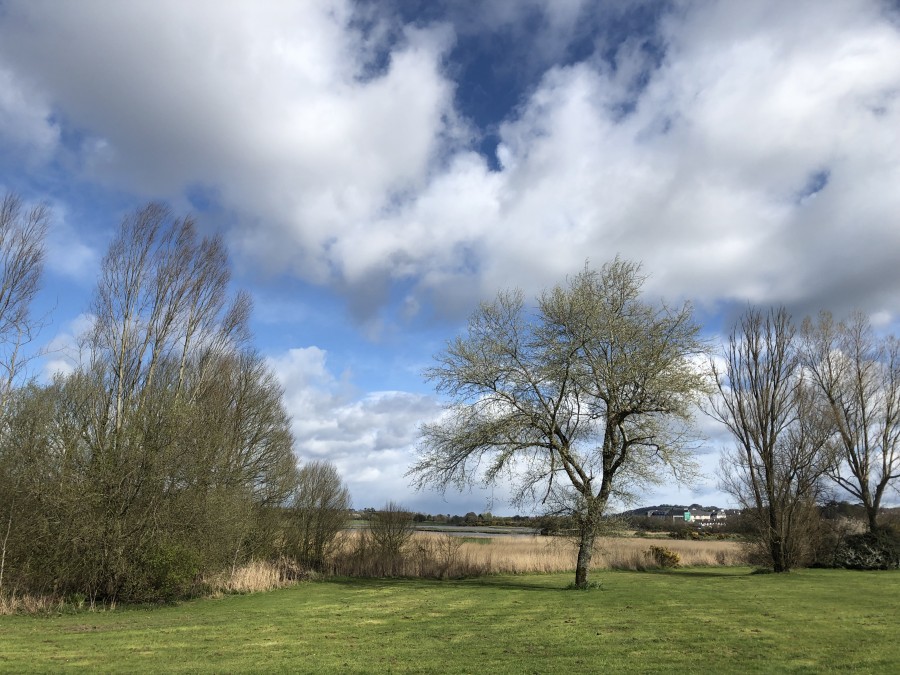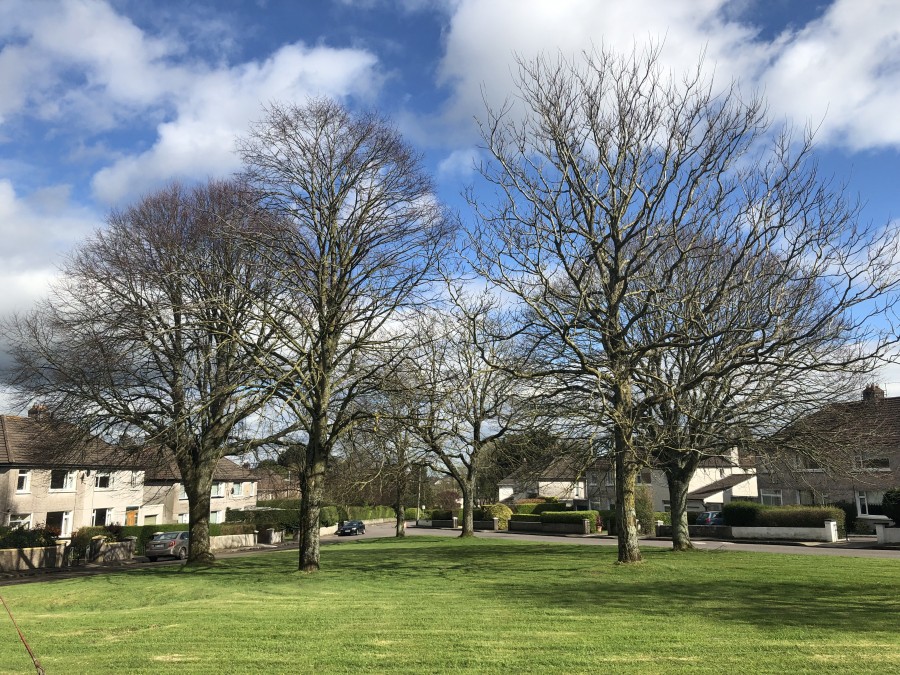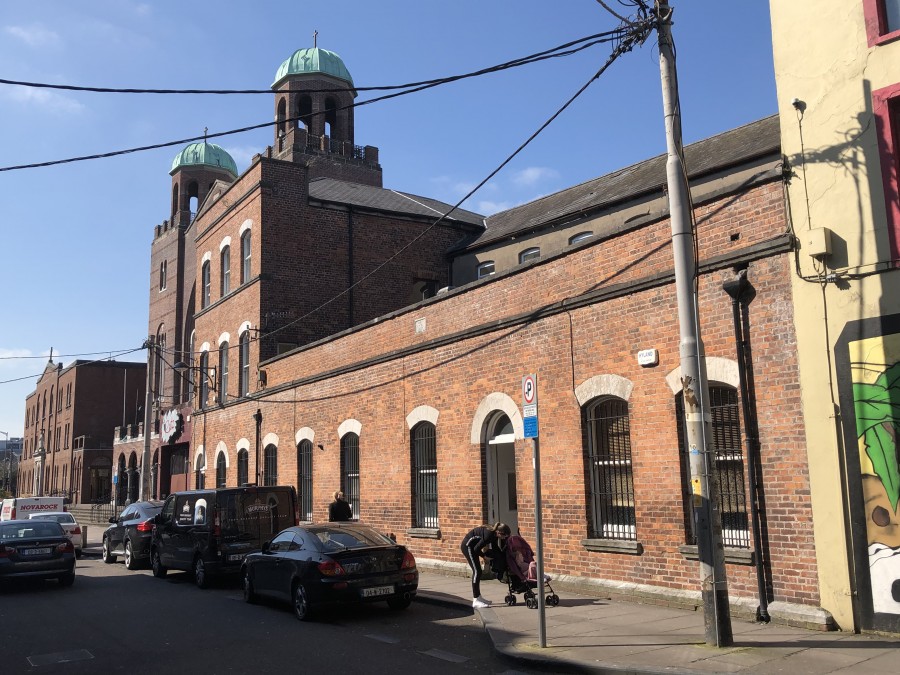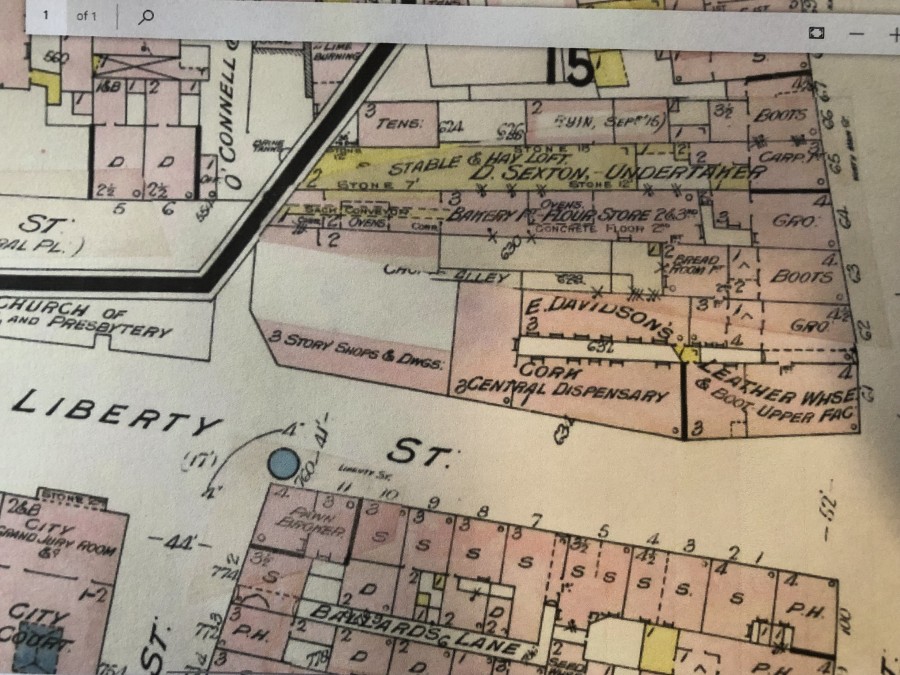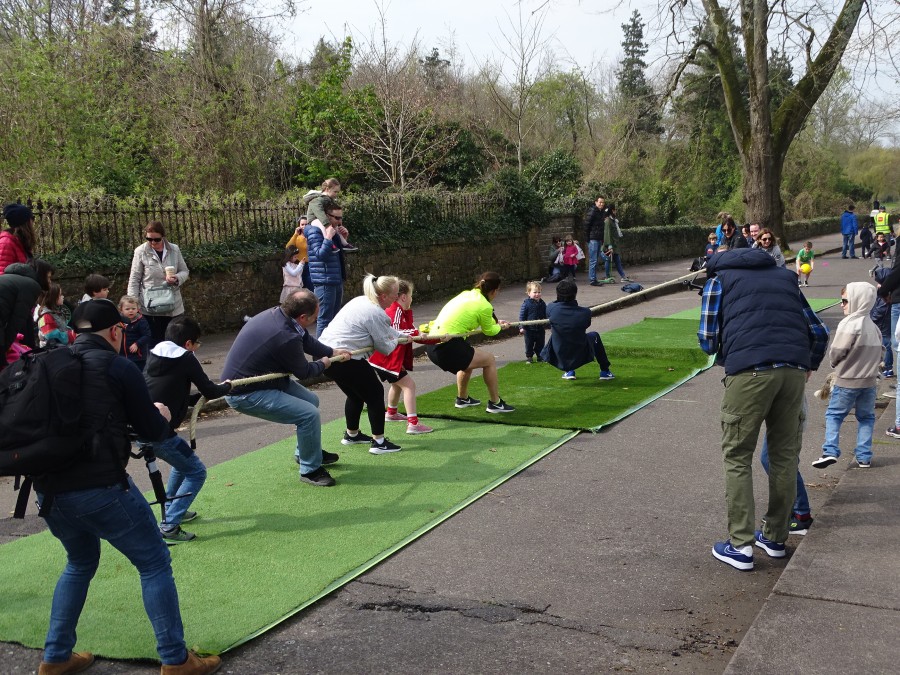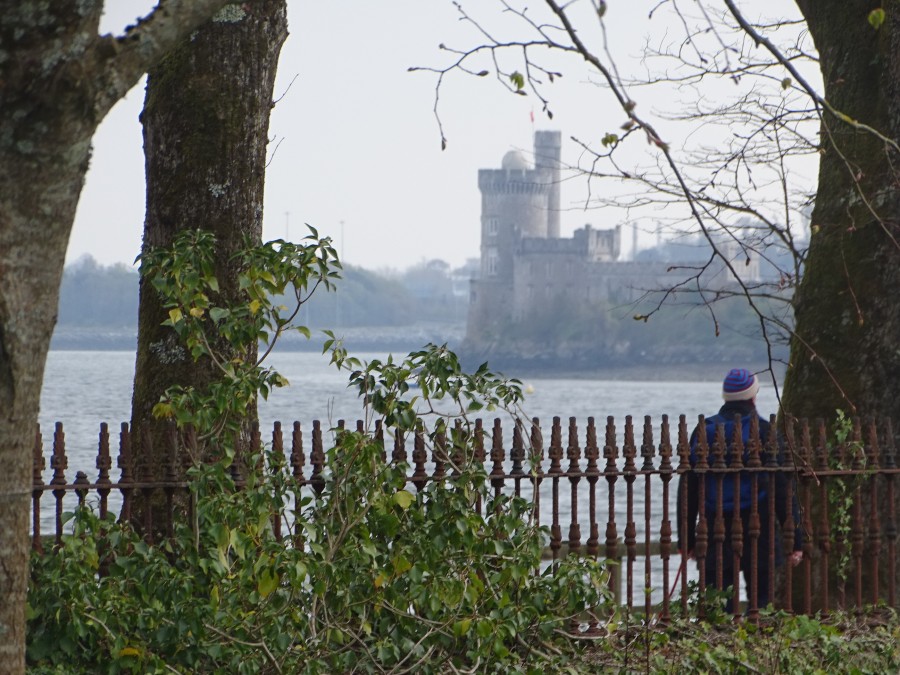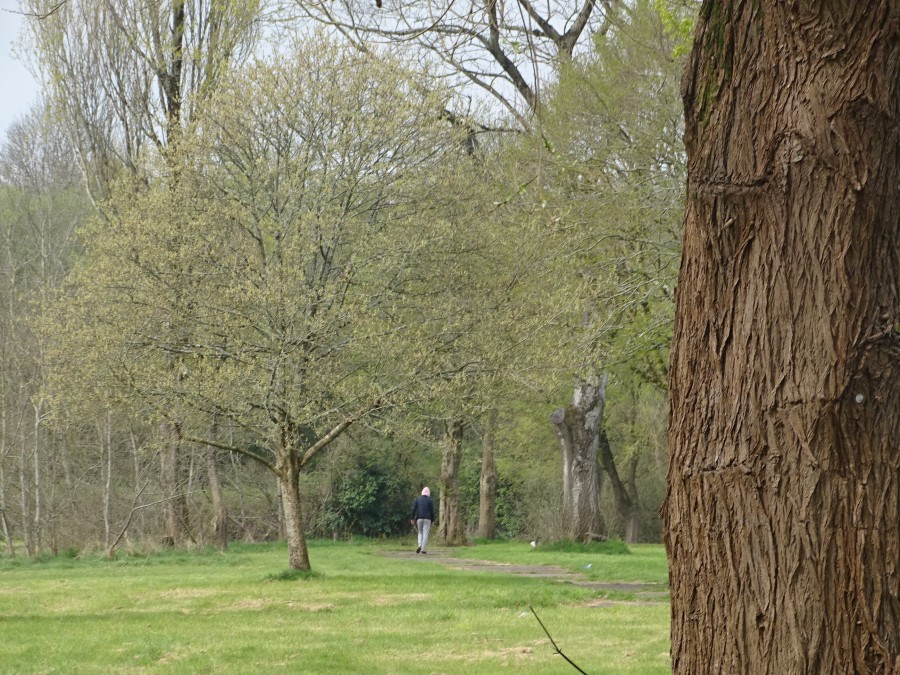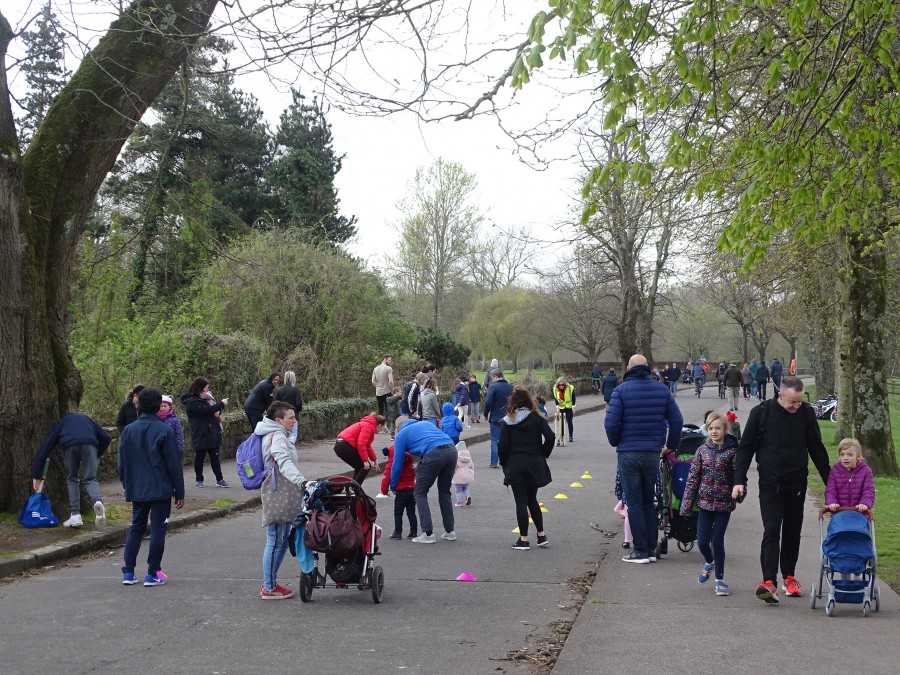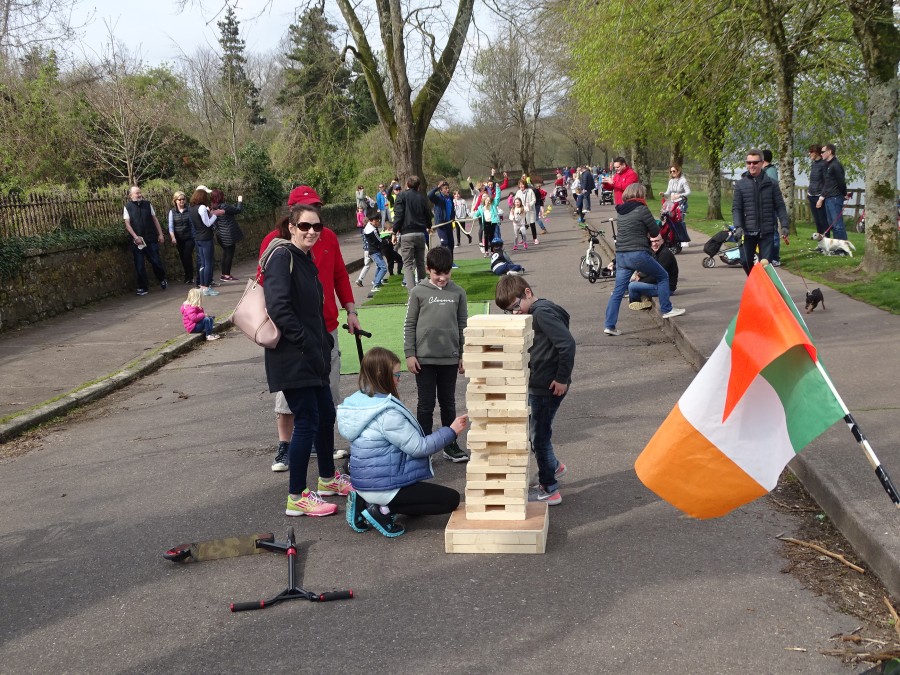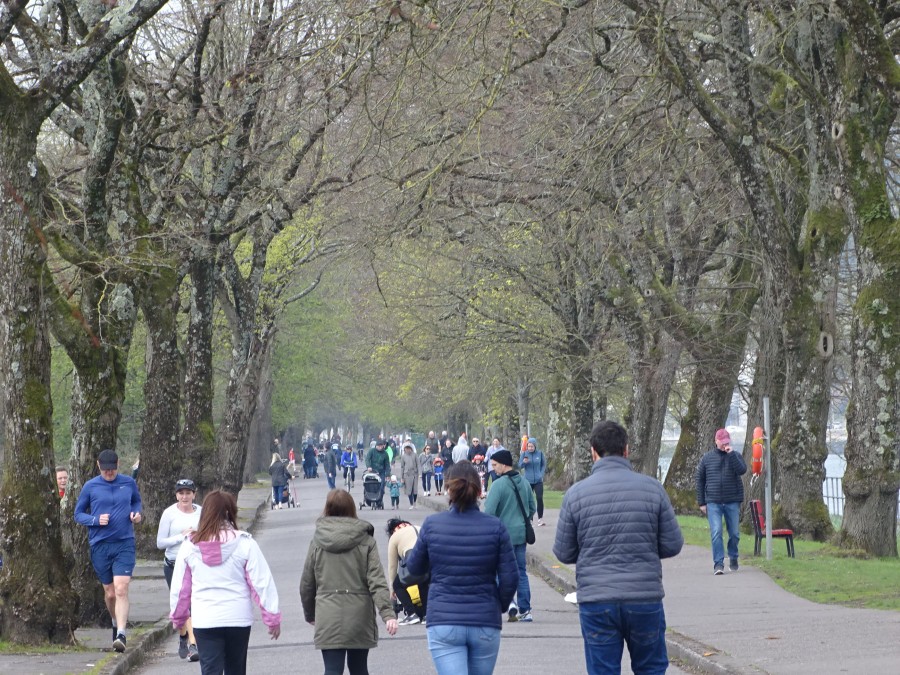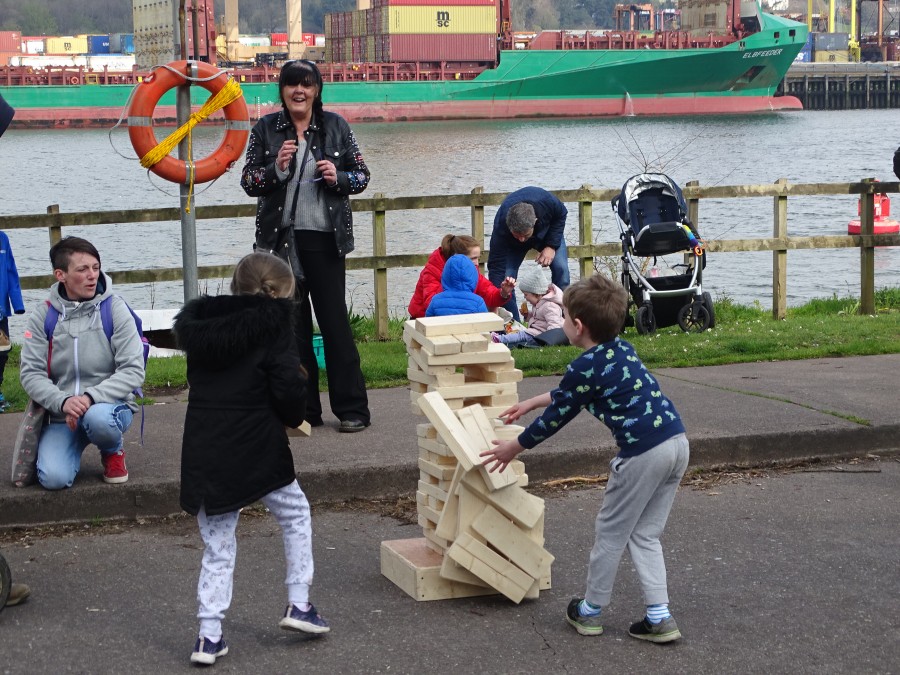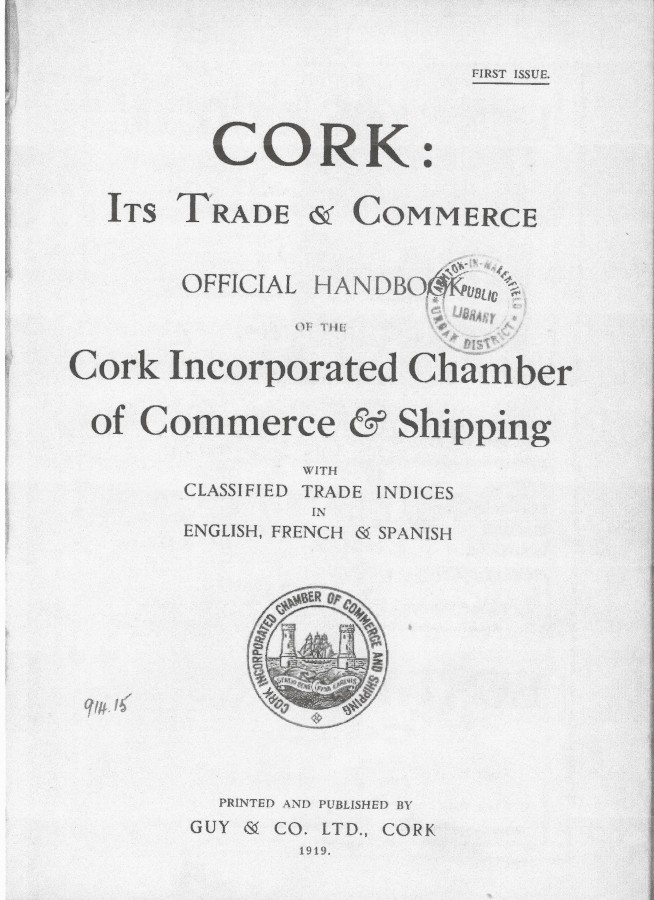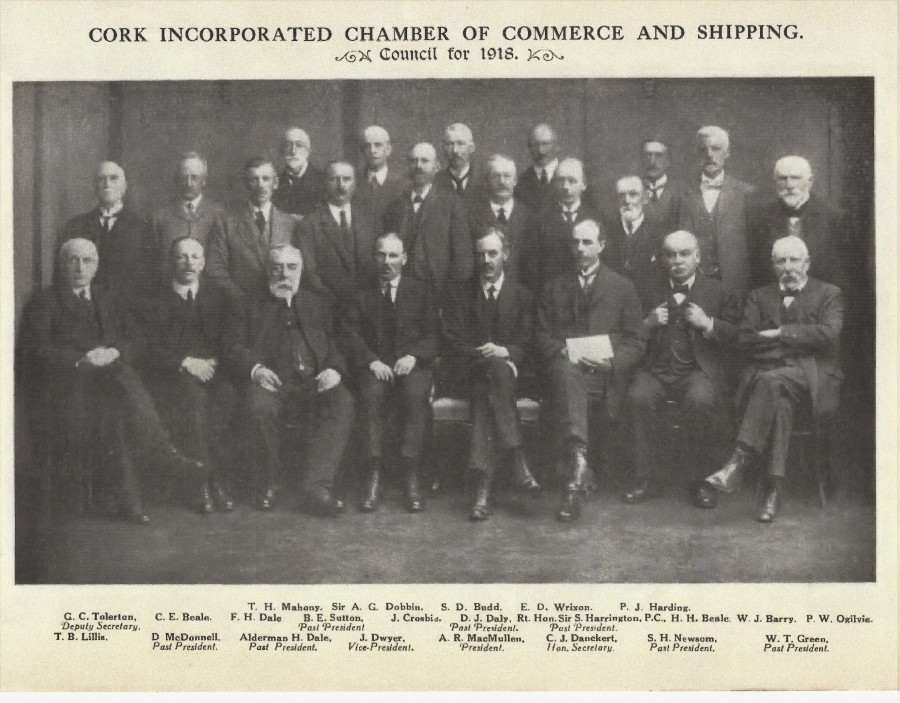The Aspiration of Community Building
Ballinlough Community Association, 16 April 2019
Cllr Kieran McCarthy
Congrats on the fiftieth annual general meeting.
Fifty years of service to the general public is a great legacy to have in Ballinlough. The association since then has witnessed a market garden suburb of the city transform into a vibrant what I describe as a small town with a number of key foci like this community space.
Way back 51 years ago at a meeting on 23 April 1968 a committee was elected, and it adopted as its objectives the provision of playing fields, a swimming pool and a community centre with facilities for young people.
This evening we once again reflect on the committee – John Hogan, Dermot Kelly, Jerry Coakley, Michael Collins, Michael McCabe and many more who threw their weight behind the concept of a new association. Indeed, for many years the credit union and the community association shared the old Thornhill House as their headquarters where the first AGM was held.
In the year 1969 the fledging Association bid fairwell to its elder Canon Michael Fitzgerald and embraced the eminent Canon James Horgan, whose service lasted for 8 years and whose remains are buried in the church grounds. He came to our parish with a strong reputation in 1969 a man of many achievements. Wherever he was stationed he spent all his life encouraging people “That nothing is impossible”.
While serving in Bantry parish in the 1940s he became famous for helping and inspiring people to build Bantry Boys’ Club, which still stands proudly in his memory. He was inspirational and led by example. He would take his collar off and physically get involved, mixing concrete, or laying blocks. Nothing was impossible to the man. His reputation preceded him and when he was transferred to Gurranabraher Parish he continued to lead by example. He encouraged all voluntary helpers to give of their time and skills to build the Gurranabraher Parochial Hall. By the time he reached Ballinlough Parish his health was not good, but his legacy lives on with the Canon Horgan Youth Club.
A Golden Fry
Across the road from the church in 1969, a rebranded fish and chip shop was opened. Frances Kelleher had completed institutional management in college on Cathal Brugha Street in Dublin and was interested in catering. The fish shop before her was owned by Haulie O’Driscoll and in time he rented it to Frances’s sister, Eleanor, who ran it. When Eleanor got married, Frances took it over the business. The late John Barrett of the Orchard Bar suggested she should open a fish and chip shop. There were only 4-5 of them in Cork. She started with a small loan from the bank and with just a tiny little fryer in the front with one pan. As the business was expanding, two years later she contacted people in England about buying a new and larger fryer. She kept adding new foods to the menu to have it different from other chip shops. Most importantly it was a regular customer who suggested the name for the shop, The Golden Fry.
Squash Court
As for John Barrett by April 1969 he was finishing his first four months of having a new squash court attached to the Orchard Bar. In December 1968, the Lord Mayor of the Day, Cllr John Bermingham opened a new squash court at the Orchard Bar in Ballinlough. The game of squash had increased in popularity to such an extent that courts were soon built at GAA clubs and other venues, while the old Court at Fermoy was brought back into use.
Cork Constitution
The Club committee of Cork Constitution (whose pitches had opened in 1953) had envisaged having a spectator stand on the south side of the main pitch and this came to pass in 1969. It incorporated seating for 300 spectators and, underneath, two dressing rooms, showers and toilets. It was built at a cost of £5,000. The stand was named in honour of former club and IRFU President Dan O’Connell, who had died in January. He had been an officer of the club for some 24 years and in his capacity of honorary treasurer had been a major fundraiser down the years. On the occasion of the official opening on 14 December 1969, Constitution played an International XV containing the stars of the day including AJF O’Reilly, Mike Gibson, W J McBride and Syd Millar.
Scouts
Another asset in the area was the growth of the Catholic Boy Scouts of Ireland (CBSI). Years ago Walter (Wally) McGrath, a well known personality in Cork, started a number of scout groups in the mid 1960s, Ballinlough being one with Fr Michael Crowley (now Canon). The group consisted of Beavers, Cub Scouts (Macaoimh), scouts and venturers. It originally started with scouts in 1963 (38th Cork) and split into two groups, 38th and 40th Cork. In 1969, the cub scouts started with the Beavers following in 1987.
Bernard Curtis
On another cultural side Bernard Curtis of this parish and principal of the School of Music will always be especially remembered as a pioneer in recognising the importance of, and then helping to introduce to Europe, the Japanese Suzuki method of teaching strings. On retirement in 1969, Bernard supported the ambition of two of his teachers, Renée and Denise Lane, by persuading primary school principals to allow them teach Suzuki violin in several schools during school hours – eg the ten-year old Eglantine School. He even sourced funds from his own family to help buy the first tiny violins. Bernard also supported Professor Fleischmann’s International Choral Festival and his expertise contributed greatly to its development.
Indeed, fifty years ago, there was much vision, belied and “we will do” attitude” and these are elements which need to be remembered and championed going into the future. These are the foundations of building community capacity going forward.
The roots of all these seeds from fifty years ago – the community association, community activities- like the roots of the beautiful blossom trees, which are flowering across our community run deep. The weight of history, past events, glory days, the voices and stories of thousands of individuals who have come through the driveway gates of houses, our schools, our community groups are all important to this area’s identity and sense of place The energy and aspiration of fifty years has survived into our time inspiring many community leaders in our time and they have the potential to inspire more.
In my canvass at present it is very heartening that the older people are being looked after by family and neighbours but do yearn to have a chat to people. The feedback I am getting is that there is certainly a need for a drop-in centre once a week or fortnight – perhaps in this building or in the church. There is certainly a need to hold and continue the work of the Meals-on-Wheels, the bowls Club, our tennis club, and the work of our youth club. The lack of volunteers coming forward is always apparent; we also need to have a chat to the secondary schools on the parish’s borders to build a new audience as such of interested volunteers.
As I enter the last few weeks of my Council mandate for this term, I wish to thank you for your continued courtesy. I have really enjoyed the collaborations on some of the projects attached to the Association here. You always learn something new about yourself in Ballinlough, indeed here is a place where you get stopped on the road for a chat, are challenged, encouraged, supported, helped and always pushed!
I would also like to thank the people of Ballinlough for their interest and support in my own community projects over many years
The Discover Cork: Schools’ Heritage or Local history project
The local history column in the Cork Independent, which presents its 1,000th column in 7 weeks, in the 22 books I have been lucky to be published.
The Little Book of Cork Harbour is the latest book on the market two weeks ago.
the community talent competition, which I have auditions for on Sunday 28 April
The Make a Model Boat Project on the Atlantic Pond, which is on Thursday 16 May,
and the walking tours through the city and suburbs there are now 22 of these – developed over the last number of years –
The activities of Cork City Musical Society enters its fourth year.
Best of luck in the year ahead – the more optimism and solutions that are radiated from this hallowed community space and grounds the better in these times. In these AGMs, there should always be the sense of thanks and renewal of spirit.
Go raibh maith agat.
Ends.
Question to the CE:
To ask the CE about progress on negotiations to retrieve the green in front of the Ursuline Convent, Blackrock for the proposed playground (Cllr Kieran McCarthy)
Motion:
That speed controls be put in place at either side of O’Driscolls shop on Ballinlough Road. It is a congested area with cars and delivery trucks parked and lots of pedestrians crossing over and back from the shop all the time. Many of these pedestrians are vulnerable road users such as primary school children and older residents. Cars travel through this busy junction every day without slowing down. This is effectively the heart of Ballinlough village and a hub for pedestrians and the fact that children and older people cannot safely cross reduces their quality of life (Cllr Kieran McCarthy).
